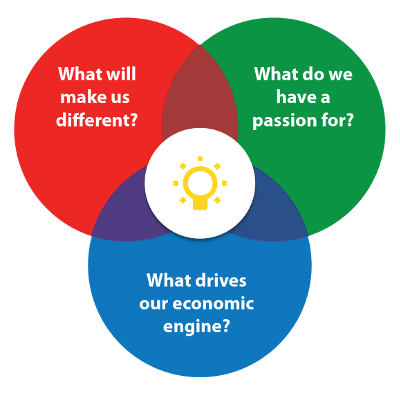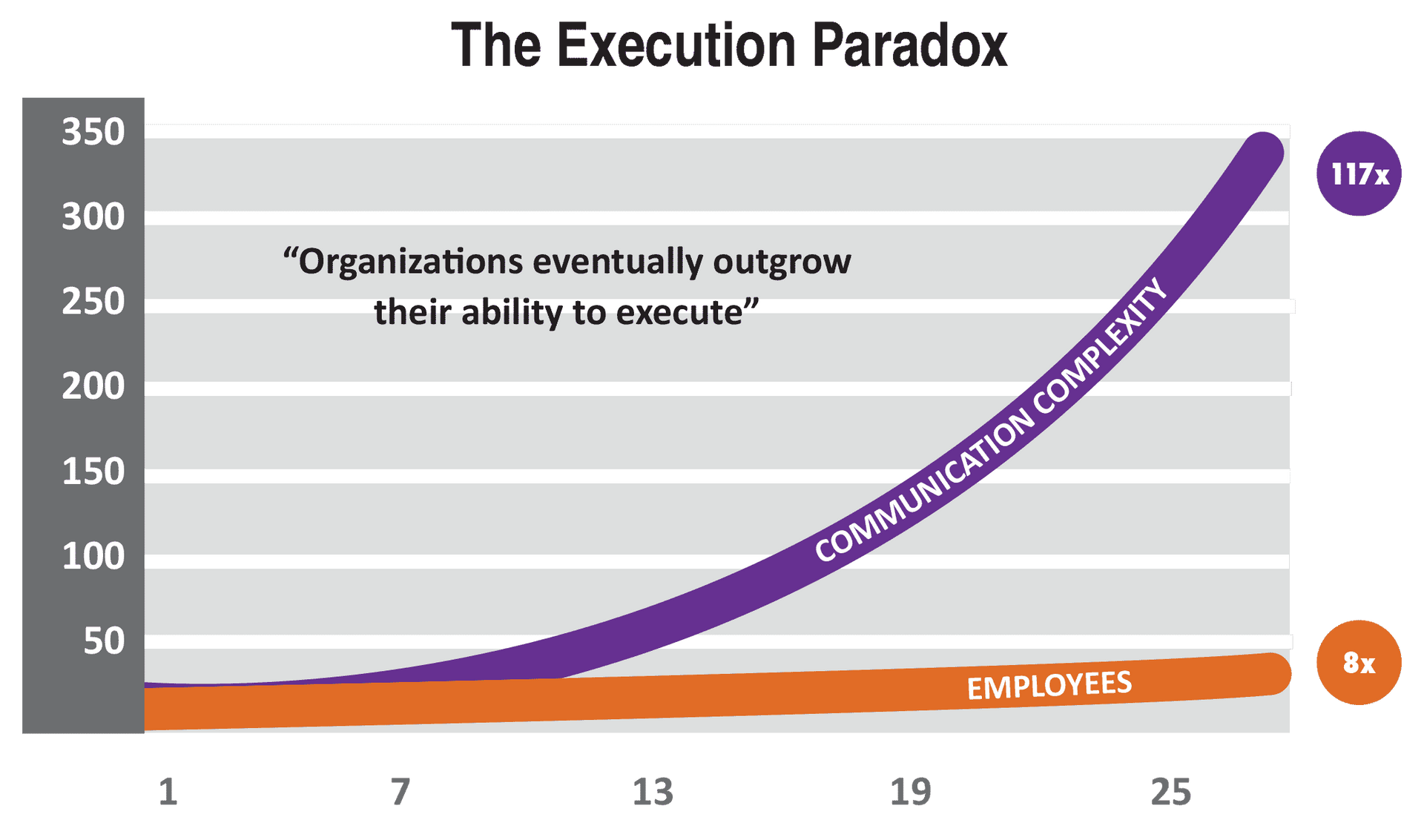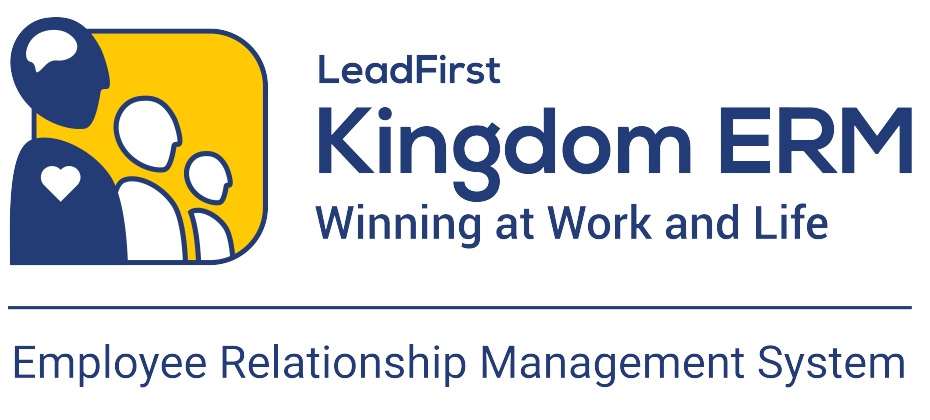How to Increase Organizational Performance
Results. In one way or another, this is what every leader of an organization wants.
Organizations with broad-based systems of management grow faster and are 2x’s more profitable .
Strategy
Today’s competitive environment demands that organizations take disciplined action. But, disciplined action is not possible without disciplined thought, specifically, strategic choice. Choice about what you will and will NOT do. According to strategy expert Michael Porter, the essence of strategy is “deciding what not to do.”
Sustainable success requires being different in ways that matter to customers. Answering three questions will determine your strategic difference.
- What will make us different?
- What do what have a passion for?
- What drives our economic engine?

Execution
Executing your strategy is a universal challenge.
- An astonishing 90% of well-formulated strategies fail due to poor execution.
- Only 5% of employee’s understand their corporate strategy.
- Only 37% of an employee’s time goes toward strategic projects. The rest is waste.
- If your number of employees grow 8x’s, the number of possible lines of communication grows 117x’s. The complexity from your growth makes execution exponentially more difficult.
Strategy execution is hard for a variety of reasons, but it is not rocket science. You simply need a system to manage it.
Holistic Approach
Two previous studies*, involving over 2000 organizations over ten years, provide compelling evidence that organizations that effectively implement a systematic, organization-wide approach to managing all key aspects of the business perform better. The first study found that the compound growth rates in earnings were more than double those of the control firms over four years after implementation, and about 75% in terms of compound sales. Here are a few key findings:
- It is not the ‘brand’ of the systematic approach you use that matters. What matters is that you HAVE a system .
- Industry, size, country, culture didn’t significantly change the results. The principles involved in good management processes apply to all types of organizations.
- The biggest challenge is not the development (or selection) of a management system, it is implementing and sustaining the implementation.
*”Don’t Count TQM Out,” by Hendrix and Singhal in Quality Progress Magazine, April 1999
“Does Quality Still Pay?” by Zhang and Xia in Production and Operations Management, January 2013
Purpose Drives Performance
- 3x more The likelihood of employees staying in a purpose-driven organization.
- 75% Companies with a clear sense of purpose are the new leaders in customer retention with 75% retention rate.
- 72% of global consumers would recommend a company with a purpose, a 39% increase from 2008.
- 1.4x Employees are also 1.4 times more engaged.
- 89% of clients believe a purpose-driven company will deliver the highest quality products & services.
- 13% Investments focused on activating the company’s purpose generate higher average annualized returns by 13% vs S&P 500 (4%)
- 10x Purpose led companies outperformed the S&P 500 by 10 times between 1996 and 2014.
- 2x Employees are twice as optimistic about the future of their organization when they feel connected to a higher purpose.
- 120% ‘Meaningful brands’ connected to human well-being outperformed the stock market by 120% in 2013.
Sources: The Energy Project, What Is Your Quality of Life at Work, 2013; Edelman, The Goodpurpose Study, 2013; Raj Sisodia, Firms of Endearment, 2007; Havas, Meaningful Brands Index (2013), EY Beacon 2014.

Subscribe to the LeadFirst Briefing
Conquer Chaos in Your Business
- Order copies of Built to Beat Chaos for your team
- Lead your team through the Discussion Guide
- Set a vision for your business with the LeadFirst Purpose Workshop.





